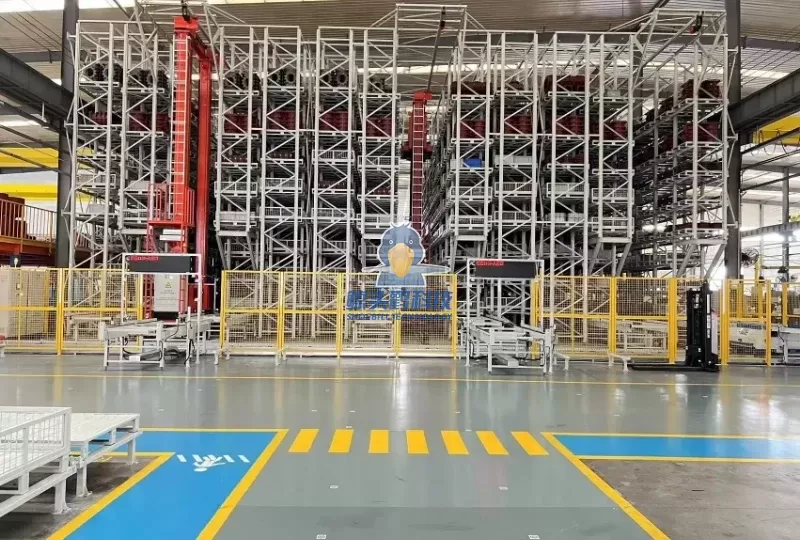In today's fast-paced business environment, the design and functionality of an office space can significantly impact employee productivity, morale, and overall company culture. As organizations evolve, so do their needs for office furniture that not only meets practical requirements but also fosters creativity and collaboration. This article delves into the essential furniture required for an office, exploring various categories and their specific roles in creating an efficient workspace.
- Ergonomic Desks: The Foundation of Productivity
At the heart of any office is the desk, which serves as the primary workspace for employees. Ergonomic desks are designed to support the natural posture of the body, reducing the risk of strain and injury. There are several types of desks to consider:
- Height-adjustable desks: These desks allow employees to switch between sitting and standing positions, promoting movement throughout the day. Research indicates that standing desks can enhance focus and reduce fatigue.
- L-shaped and U-shaped desks: Ideal for professionals who require ample workspace, these desks provide additional surface area for documents, technology, and personal items, facilitating organization and efficiency.
- Comfortable Seating: Enhancing Focus and Well-being
Seating is another critical component of office furniture. The right chair can make a significant difference in employee comfort and productivity. Key considerations include:
- Ergonomic office chairs: These chairs are designed to support the spine and promote good posture. Features such as adjustable height, lumbar support, and breathable materials can help reduce discomfort during long hours of work.
- Collaborative seating: In modern offices, collaboration is key. Lounge chairs, bean bags, and modular seating arrangements can create informal meeting spaces that encourage creativity and teamwork.
- Storage Solutions: Keeping the Workspace Organized
An organized office is essential for maintaining productivity. Effective storage solutions help minimize clutter and ensure that employees can easily access necessary materials. Consider the following options:
- Filing cabinets: These are crucial for storing important documents securely. Vertical and lateral filing cabinets can accommodate various office layouts and storage needs.
- Shelving units: Open shelving can be used to display books, awards, or decorative items, adding a personal touch to the workspace while providing additional storage.
- Mobile storage carts: These versatile units can be moved around the office as needed, offering flexible storage solutions for teams that frequently collaborate.
- Meeting and Collaboration Furniture: Fostering Teamwork
In an era where teamwork is paramount, having the right furniture for meetings and collaborative efforts is essential. This includes:
- Conference tables: A well-designed conference table can facilitate productive meetings. Options range from large, formal tables for board meetings to smaller, round tables for brainstorming sessions.
- Whiteboards and pinboards: These tools are invaluable for brainstorming and visualizing ideas. They encourage participation and can help teams stay organized during discussions.
- Breakout furniture: Sofas, coffee tables, and casual seating areas can create informal spaces for brainstorming and collaboration, fostering a culture of innovation.
- Technology Integration: The Modern Office Necessity
As technology continues to evolve, integrating tech-friendly furniture into the office design is crucial. This includes:
- Desks with built-in power outlets: These desks allow employees to charge devices without the hassle of searching for outlets, promoting a seamless work experience.
- Cable management solutions: Keeping cords organized not only enhances the aesthetic of the workspace but also reduces hazards and distractions.
Conclusion: Designing a Functional and Inviting Office Space
Selecting the right furniture for an office is not merely about aesthetics; it is about creating an environment that promotes productivity, collaboration, and employee well-being. By investing in ergonomic desks, comfortable seating, effective storage solutions, collaborative furniture, and technology integration, organizations can craft a workspace that meets the diverse needs of their employees.

